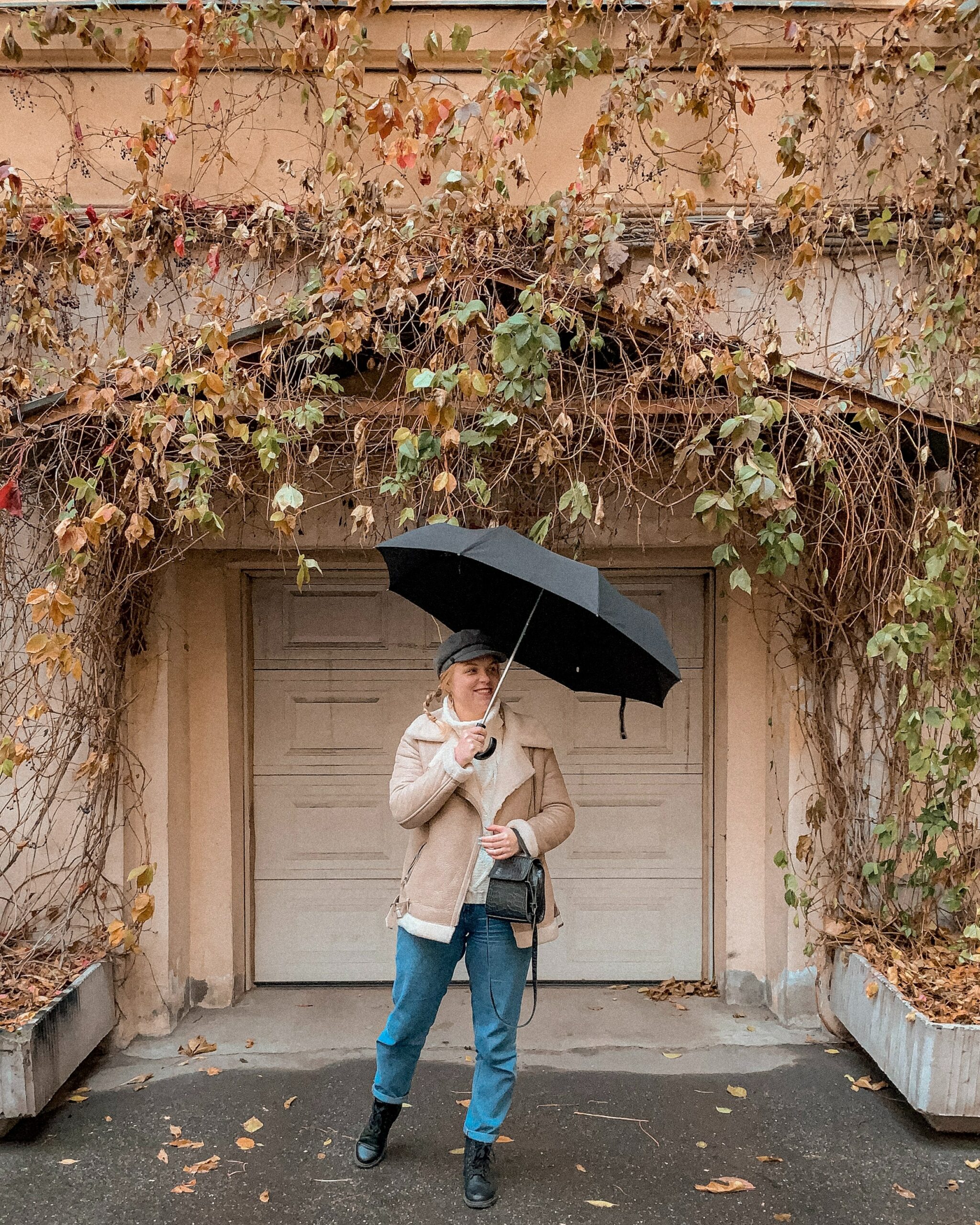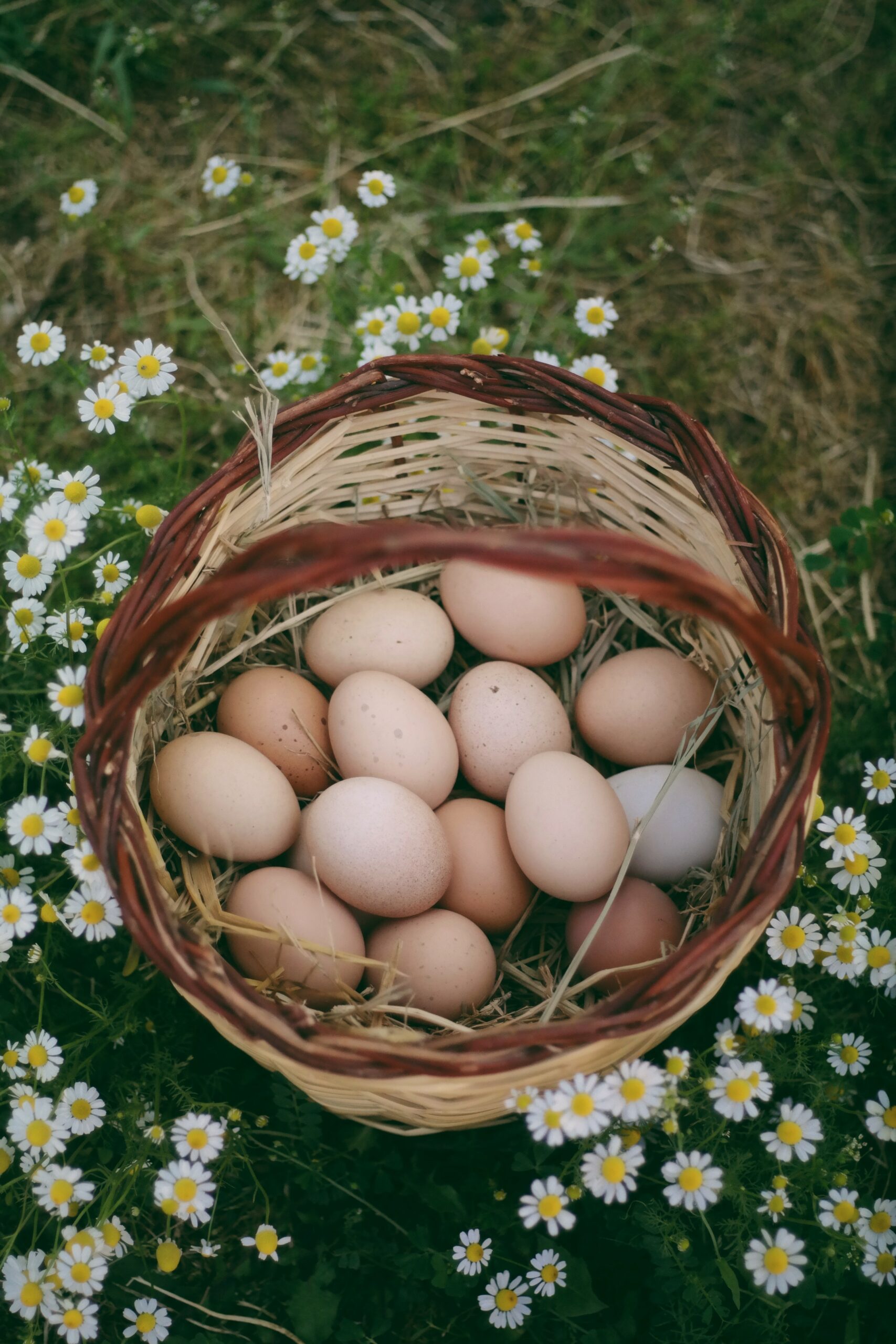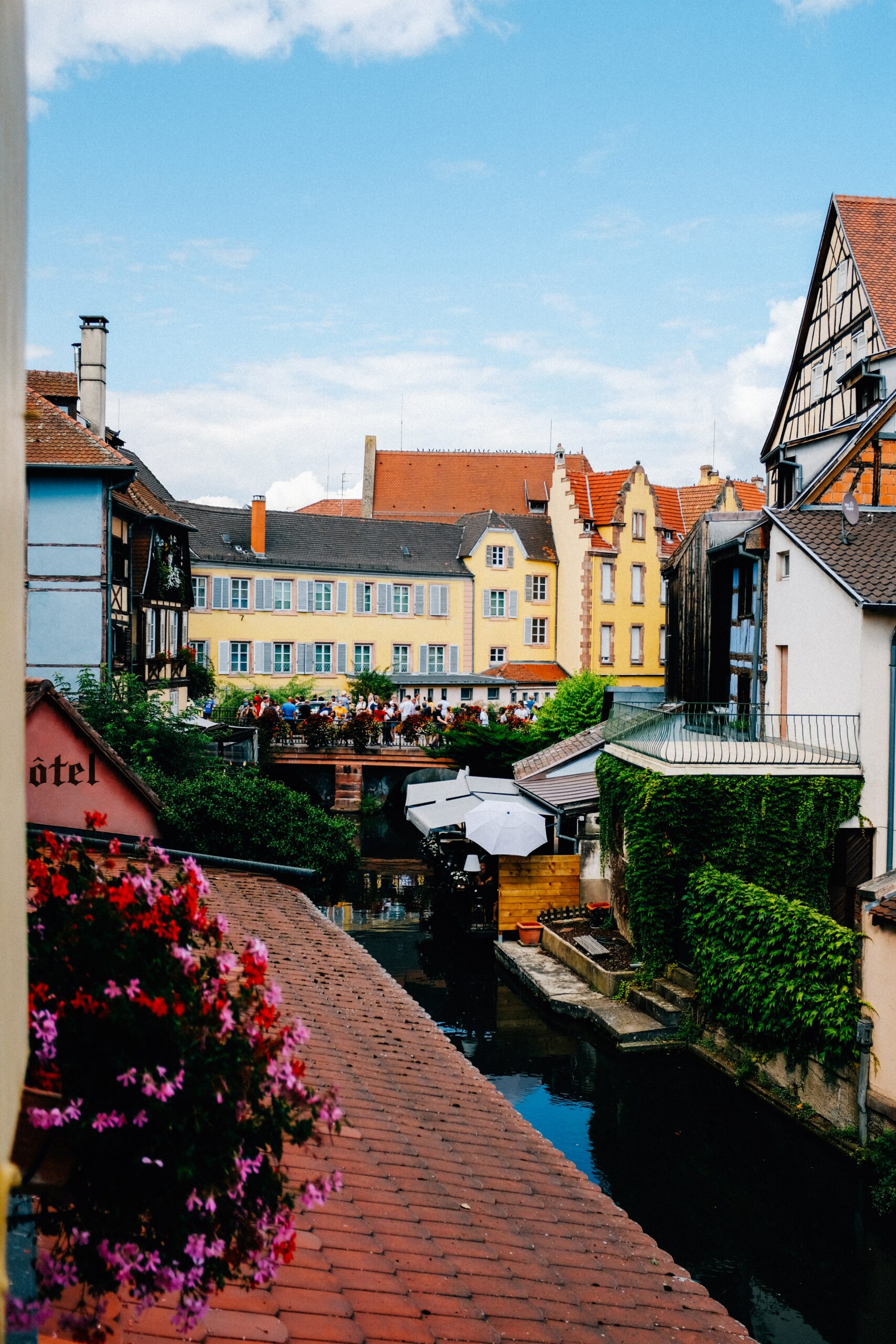You don’t need to have a refined palate to appreciate wine. Moreover, wine is certainly not a fancy drink for fancy people. Wineries have spread worldwide, and it’s not that difficult to be a wine expert. You just need passion, focus, determination, and a glass of wine.
Being a wine expert starts with your senses. As you taste different wines, your palette is honed, your taste buds become trained to the nuances of the different types of wines, and you begin to recognize each wine’s distinct traits. It’s vital to keep in mind what you liked and what you disliked when tasting wine. You can visit Local Winos to find the wine you want.
Remember to note the flavors, scents, and colors, whether you liked that wine or not. At the end of the day, the wines you’ll drink will be the ones you enjoy. So, it’s best to know the characteristics you love in your favorite wine.
Here are some tips for you to become a wine expert:
Know The Colors Of Various Wines
Red wine isn’t always red. Likewise, white wine isn’t always white. And so is rosé–it can be different shades and not just pink. Red wines can have a violet tint and white wines can be golden-yellow or straw-colored. Furthermore, a red wine’s color can range from pink like a typical rosé to light red and to a deep, full-bodied color.
A wine’s color is affected by its age. White wines usually get darker as they get older. Red wines, on the other hand, get lighter as they age. A Chianti is likely to be more garnet, while a Merlot would be more purple than red. Beware, though, if you see shades of brown and yellow at the glass’s edge, this could mean that the wine is no longer at its best.
To assess a wine’s clarity, tilt your glass at a 45° angle against a light background. Try also swirling your wineglass a few times. As you stop, you’ll see rivulets along the sides. These streams are called ‘legs’ or ‘tears,’ indicating the wine’s sugar and alcohol content. If you observe many ‘tears’ running down the glass’s sides, the wine has a higher alcohol content. You’ll taste this as slight warming or burning feeling at the back of your throat.
Know What To Expect When Smelling Wines
A wine is said to have a complex aroma because many factors add to the smell that ends up in your wineglass. Some of these aromas will be there after you open a bottle and then change as you let the wine ‘breathe.’ Smell the wine by holding the glass of wine near your face, sticking your nose in there, and inhaling deeply.
Some people do it by taking a few quick sniffs. If you’re feeling self-conscious about looking like a pretentious fop when you do this at a party, don’t be. Just relax and do it naturally without making a big production out of it. Remember, you’re doing this to learn more about the wine.
After inhaling deeply, give the wineglass a few swirls and smell the wine again. Try to recognize the aroma. You might recognize the smell of pineapple, banana, lemon, and others if it’s white wine in your glass. If it’s red wine, there might be hints of peppers, prunes, or cherries.
Traditional wines might be from grapes, but grapes aren’t the only scent you’d recognize when you smell them.
During fermentation, chemical compounds that can also be found in other fruits are created. This is why people find hints of different fruits in a wine. These chemical compounds are called esters, and there are hundreds of them. Grape varieties, yeasts, barrels, and many more factors during the winemaking process affect a wine’s flavors and aromas.
This why you should smell the wine–to smell the magic involved in the process.
Know How A Wine Should Taste
As you take that first sip, the first thing you’ll notice is the wine’s sweetness, followed by a somewhat bitter aftertaste. If that hint of sweetness lingers on your palate, the wine has good quality. A wine with an overpowering bitter taste does not.
Tannins, compounds that occur naturally in the wine, come from grape skins, seeds, stems, and wood barrels used in storing and aging wines. They’re responsible for a wine’s bitter taste and acidity. The bitterness in tannins mellow out as they age; young reds usually have high tannins. Tannins can make your tongue feel dry.
This ‘dryness,’ however, doesn’t mean that the wine is dry. Dryness in wine just means not sweet. This ‘dryness’ and acidity make red wines an excellent pair for meat dishes. Remember, tannins will dry your mouth but the acidity will make you salivate.
Wines from different grape varieties will contain tannins at varying levels. Various factors such as grape varieties, soils, regions all combine to give you a taste of what Robert Louis Stevenson calls ‘bottled poetry.’
Conclusion
Combining these three senses will help you appreciate wines more and will give you a boost towards making you a wine expert. To help you along, try to read more, go to wine tastings, and even attend a class. Also, be sure to know how to properly store your collection.






